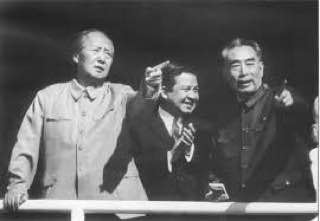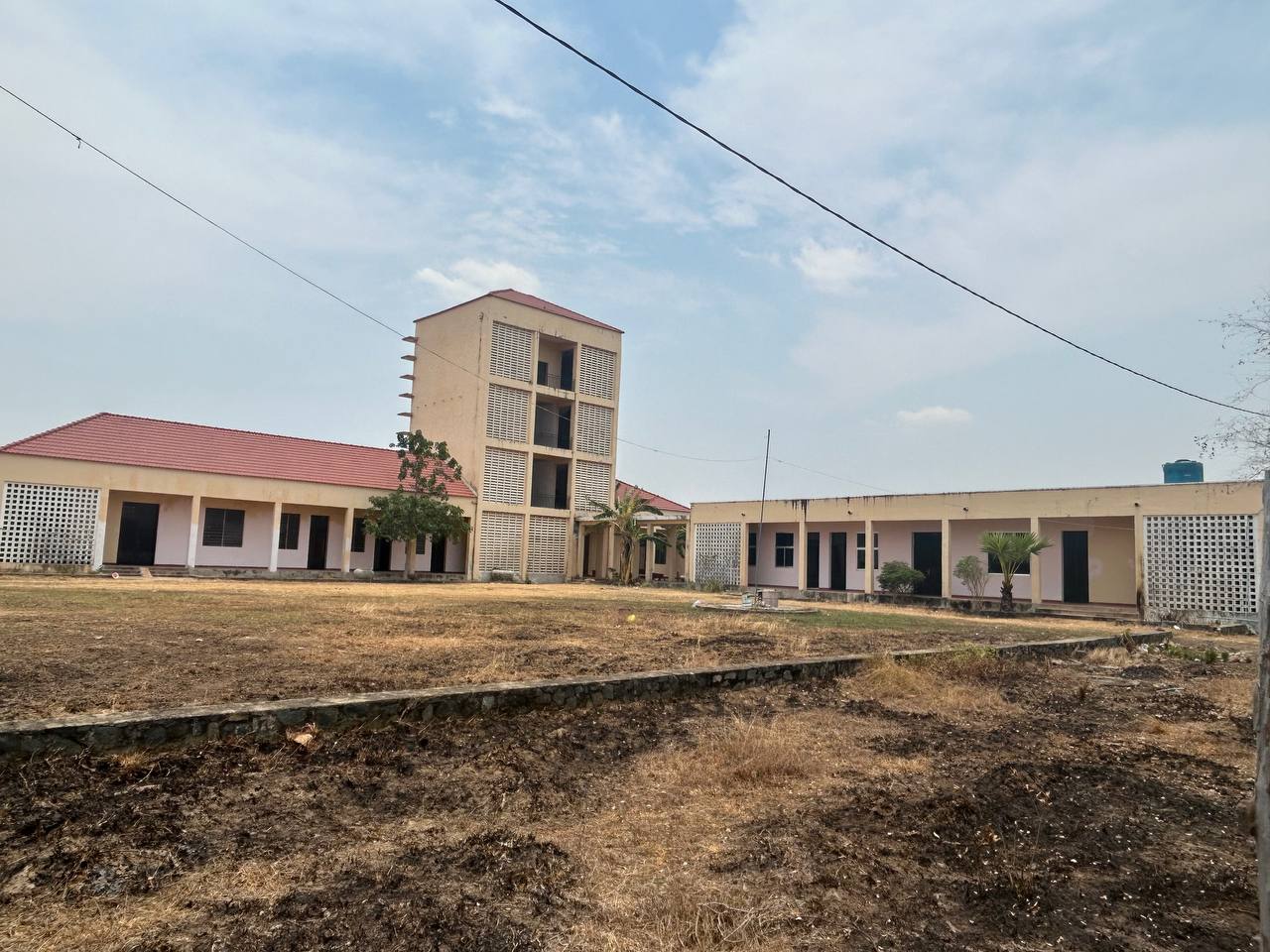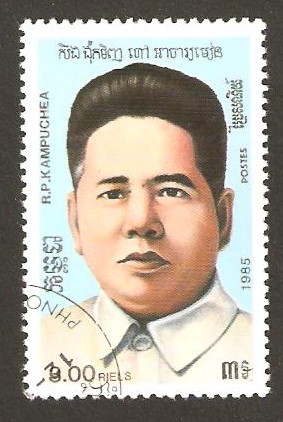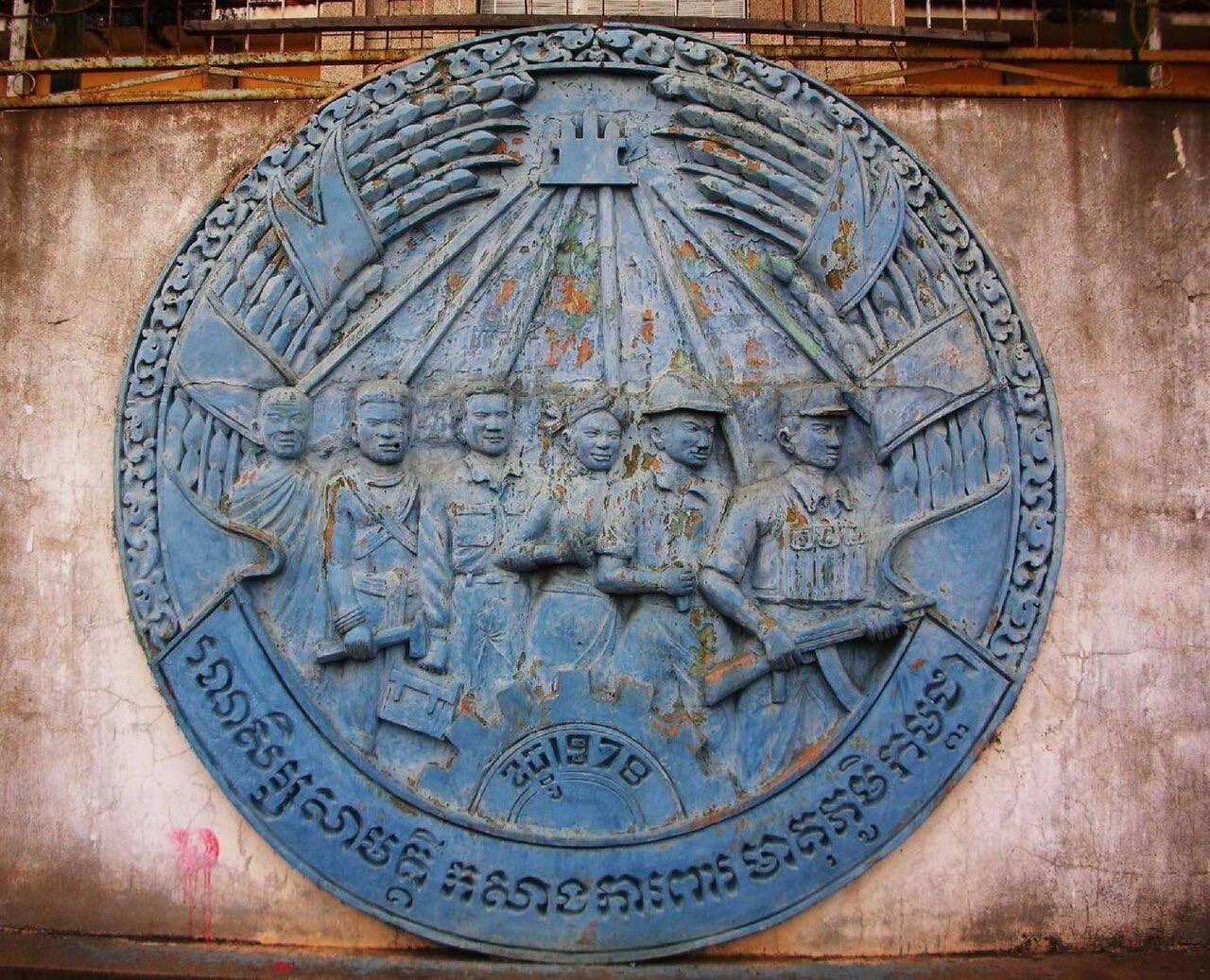Was the Khmer Rouge Maoist is a question that has been asked by many scholars. Alas the answer is somewhat complex, as while the Pol Pot and the Communist Party of Kampuchea were not doubt influenced and financed by the Peoples Republic of China, their specific ideology can be seen as unique to the country.
It should also be noted that the road that led to the leadership of Pol Pot and Democratic Kampuchea was not exactly a straight one, with many influences leading to what he regime became.
Table of Contents
Early Communism in Cambodia
The earliest forms of Communism in Cambodia were linked to the struggle for independence against the French and through the Khmer Issarak were mostly influenced by Ho Chi Minh and the Soviet Union.
At this juncture there had been no Sino-Soviet split and the Communist block was as one. Communism in Cambodia was though weak at this time with Sihanouk largely recognized by the eastern block as the legitimate ruler of Cambodia.
The Cercle Marxiste
The Cercle Marxiste consisted of the key members of what would later become the Communist Party of Kampuchea. These were left-wing Khmer that were educated in France and were members of the French Communist Party itself aligned with the Communist Party of the Soviet Union.
It is said that it was here in the many cells of the group, as well as the many left-wing Khmer groups that the main tenets of what would become the Khmer Rouge were discussed.

The Peoples Revolutionary Party of Kampuchea
Formed in 1951 and led by Son Ngoc Minh broke away from the Indonchinese Communist Party to form the Peoples Revolutionary Party of Kampuchea. This was the first fully indigenous communist movement and in Cambodia and would last until 1960.
During this period the party was largely aligned with Sihanouk, had some members of government through the “Peoples Group” Pracheachon political party.
Towards the end of the 1950’s though the party was targeted by the Sihanouk’s forces which would lead to a split within the party in 1960.
It is noteworthy that he Cambodian Peoples Party trace their lineage back to 1951, but do not accept the split of 1960.
The Workers Party of Kampuchea and China
In 1960 there was enragement between the rural and urban factions of the party about whether they should support Sihanouk, or not. This led to the victory of Tou Sanmouth and the party changing its name to the Workers Party of Kampuchea.
Initially the party was still broadly leftist until Sanmouth was killed and replaced by Ieng Sary and Pol Pot in 1962. With the Sino-Soviet split now in full swing the Workers Party slowly started to align more heavily with China.
The Communist Party of Kampuchea and China
Despite Soviet and Chinese animosity they seemed to find common ground in South-East Asia, at least for a time, with both supporting the leftist movements here.
Yet while Vietnam was fully in the Soviet sphere, the Workers Party of Kampuchea was starting to follow China. This meant that some members of the Khmer Rouge were to visit China, where they were to be impressed by the Great Leap Forward, while party ti party ties were strengthened.
This was to such a degree that the party even changed its name to the Communist Party of Kampuchea at the behest of the Chinese. Yet Mao and China were also key allies of Sihanouk, meaning the Khmer Rouge stood little chance of taking power.

The Coup of 1970
The coup of 1970 would though change all of this with the Lon Nol ran Khmer Republic being seen as pawns of the US. The Chinese also saw an ideological and geopolitical opportunity here and persuaded their allies in Sihanouk and the Khmer Rouge to form an alliance.
This was officially known as The Royal Government of the National Union of Kampuchea (GRUNK) and through Soviet, Vietnamese and predominantly Chinese help and aid would eventually overthrow the Khmer Republic.
Initially the government was ran by the GRUNK, with Sihanouk as head of state, but this was to change with the formation of Democratic Kampuchea and the resignation of Sihanouk.
Following this the Chinese would become the principal backers of the new state, with Sihanouk likely only surviving his house arrest due to his friendship with China and North Korea.
China and Democratic Kampuchea
From 1975 China became the principal backer of Democratic Kampuchea both financially and ideologically. It estimated that during the time of Democratic Kampuchea the Peoples Republic of China suppled 90 percent of foreign aid to the country. This can still be seen in the weapons and indeed mines still found littering the country.
China was such an ally that as well as being one of the few embassies within the country, they were also the ones who provided observers, as well as witnesses to the atrocities of the regime. This is evidenced in numerous places, but particularly at Kampong Chhnang Airport, which was built with slave labour under Chinese guidance.
Relations were in fact so good, that it was partly overconfidence that China would support them that the Khmer Rouge launched their disastrous invasion of Vietnam.
Chairman Mao and the Khmer Rouge
Chairman Mao was an ardent supporter of the Khmer Rouge and saw ensuring their victory as being extremely important for his own ideological reasons.
It is argued he felt this because despite his attempt at leadership of Soviet block following the Sino-Soviet split “Maoism” had failed to take over in any country, or revolution, with Albania being their sole communist ally.
Therefore victory for the Khmer Rouge would not just be victory for the Chinese brand of socialism, but for Mao and indeed the Cultural Revolution itself.
Maoist influence on Democratic Kampuchea
The Khmer Rouge undoubtedly looked up Chairman Mao and the Chinese Communist Party (CCP), but were clearly ideologically by them. This meant close party to party relations, as well as even Chinese advisors being a mostly silent party to even the grossest excesses of the Khmer Rouge.
This is best shown by the fact that Chinese were the only people allowed unfettered travel during the Democratic Kampuchea years.
And while the Khmer Rouge themselves would not overly call themselves Maoist, they were heavily influenced. This was evidenced by factors such as the constitution of Democratic Kampuchea and the fact that Pol Pot and the party only went “public” at the best of the Chinese.
Was the Khmer Rouge Maoist?
Was the Khmer Rouge Maoist can largely be split into two parts, the bits that were Maoist and the parts that were not. Ideologically the party threw its weight behind China after the Sino-Soviet split and after the formation of Democratic Kampuchea were the only China aligned state save Communist Albania.
They also copied to some degree Chinese polices such as the Great Leap Forward through their own Khmer variant the Super Great Leap Forward.
It is also here though that the differences come into play. Yes the Khmer Rouge looked towards China, but they did not look up to them, instead feeling that they could do much better (hence the Super).
And despite the power China had over the Khmer Rouge they still could not stop those of Chinese ethnicity being killed, showing another key non-Maoist element, the intense racism of the Khmer Rouge.
Was the Khmer Rouge National Bolshevik?
Many have thus argued that due to the intense nationalism of the Khmer Rouge their ideology, while extreme Khmer Nationalism and Anti-Vietnamese thus had more in common with fascism than Maoism.
Yet while racism was never official policy, that the regime targeted minorities while exposing the superiority of the Khmer meant the overarching ideology can be most compared with National Bolshevism, rather than Maoism.
Said fact is again showed by the fact that when the Communist Party of Kampuchea renounced communism in favour of democratic socialism and renamed itself the Party of Democratic Kampuchea little in policy changed.
This was particularly true with regards to continued use of execution and so called Killing Fields, as well the intense xenophobia, that survives to this day against the Vietnamese.
Therefore to answer the question was the Khmer Rouge Maoist, the answer is an unequivocal no, although with the caveat that the influence of Mao and Maoism on both the regime and its excesses cannot be ignored.




